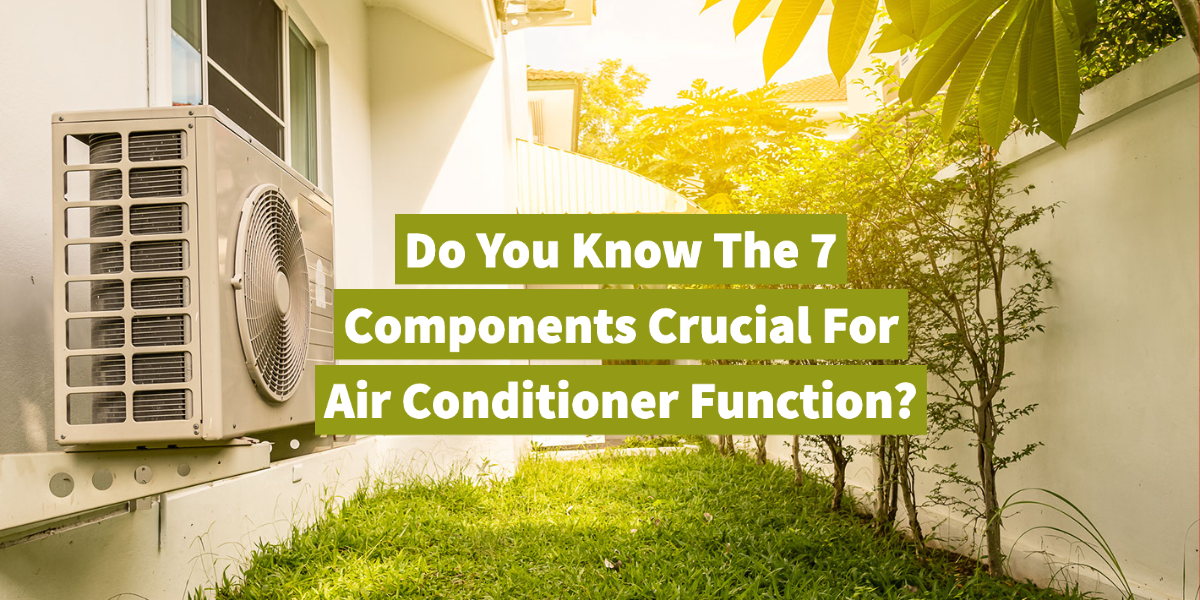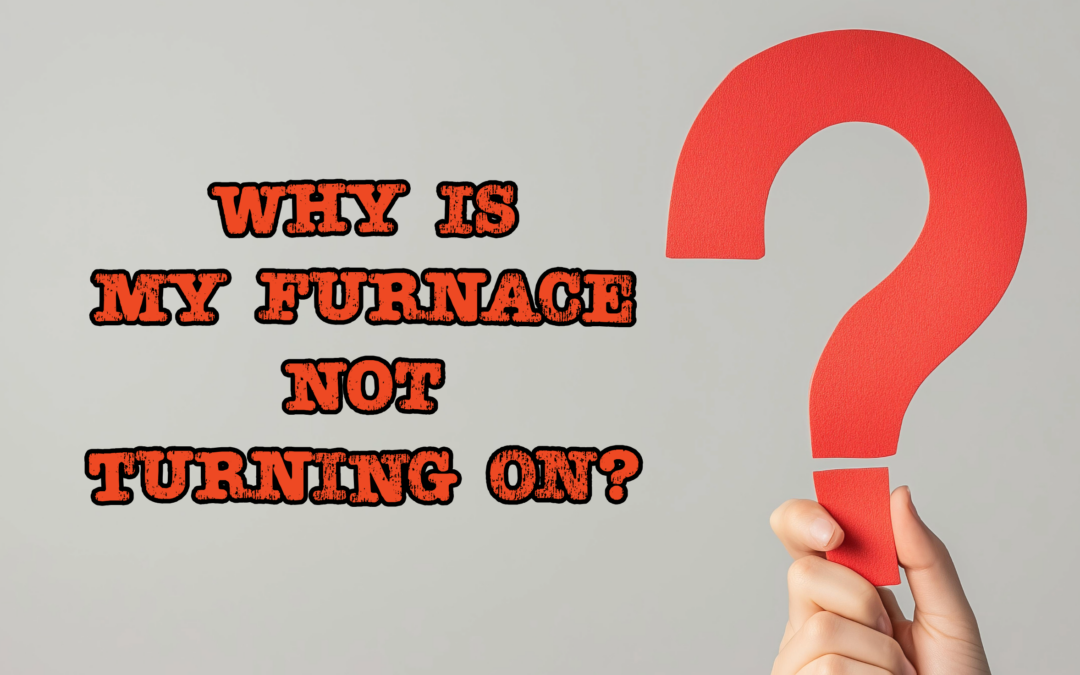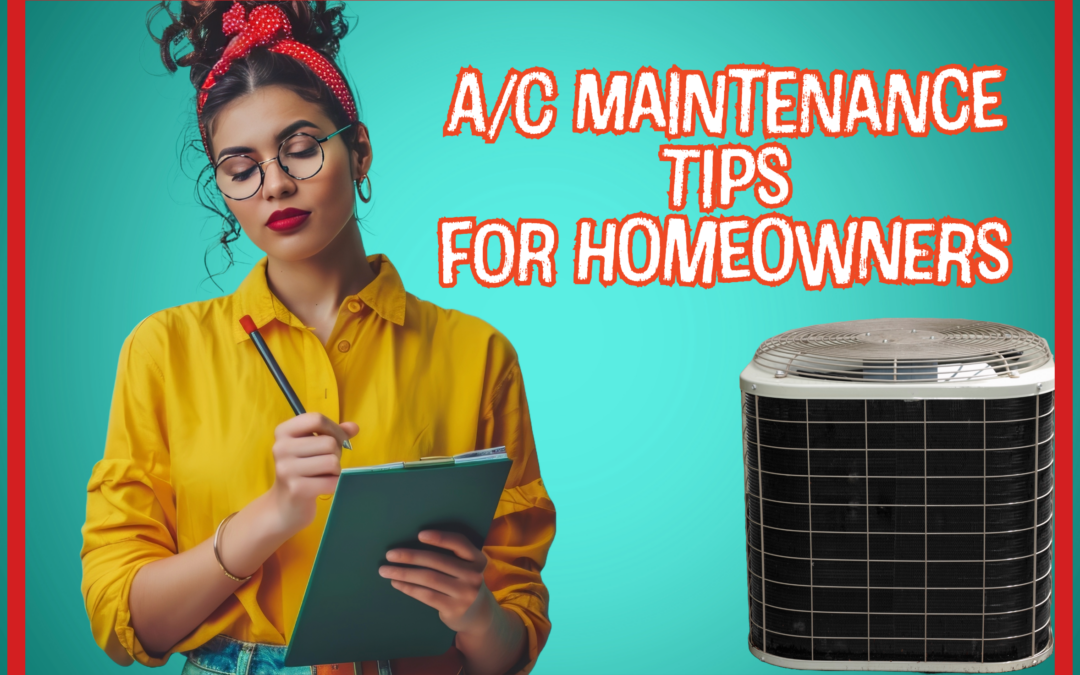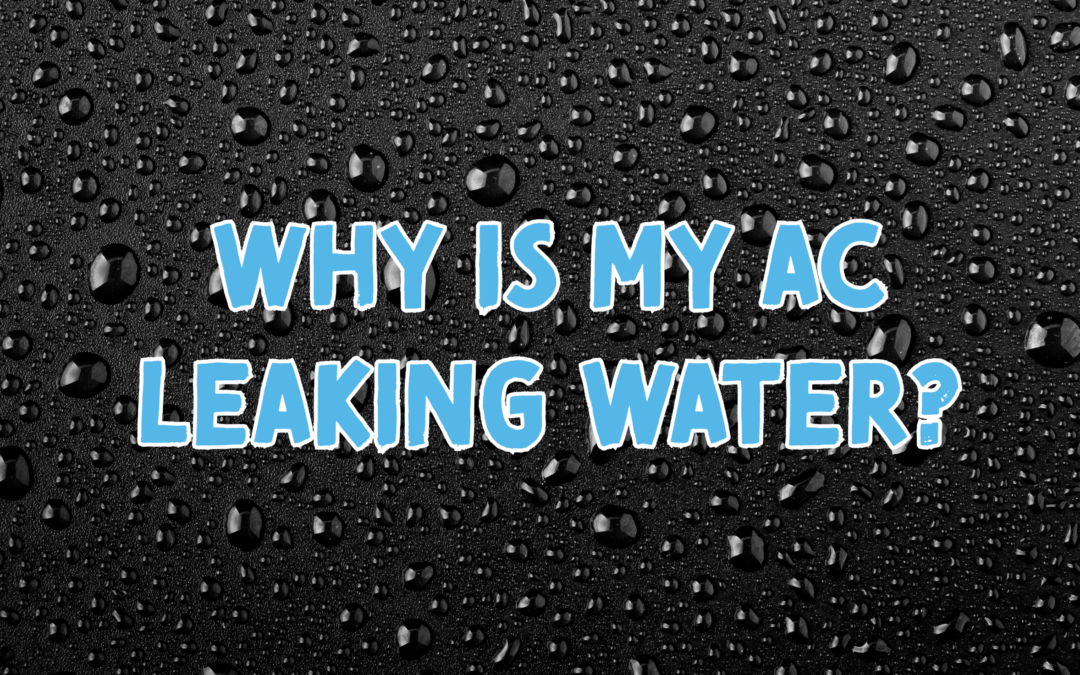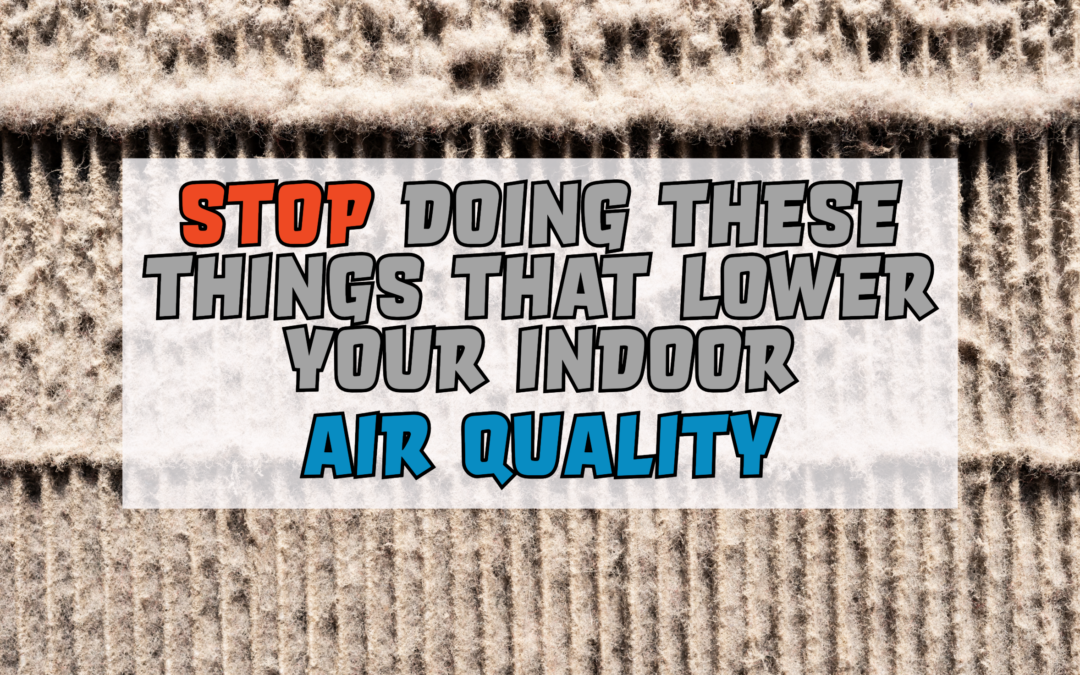In life, most things are comprised of smaller components unified, working toward the same goal. While air conditioners may not be as complicated as, say, the numerous cells within a human body, they have intricate parts important to your A/C’s efficient ability to operate. Wilmington Heating & Cooling would like to teach you a few things about your air conditioner’s elements so that you may grow more appreciation for this technology beyond “A/C keeps me cool and comfortable.”
Why Does Understanding an A/C’s Components Matter?
Basic knowledge of what comprises your air conditioning system can help you to more effectively manage your air conditioner by making unearthing any A/C issues a breeze and more evident to the untrained eye. And as much as we will help you with your HVAC needs, averting unnecessary, costly breakdowns helps keep your system operating more smoothly while strengthening your energy savings and your home’s comforting and cool atmosphere this summer.
What Are The Main Parts Of an Air Conditioner?
• Thermostat: Displays the current temperature within your household and enables you to modify the indoor temperature as needed.
• Blower Fan: Is accountable for constant, proficient air distribution throughout your A/C system.
• Compressor: Tightly joins refrigerant molecules, enhancing the refrigerant’s temperature and pressure; thanks to science that heat transitions from warm to cool surfaces, allowing the heat in the high-temperature refrigerant to alter direction to the cooler air outdoors, where it dissipates by way of the condenser.
• Air Filters: Safeguard your HVAC system while strengthening your home’s indoor air quality by reducing pollutants such as dust, pet dander, and bacteria from the atmosphere, blocking them from accessing your home through your system.
• Expansion Valve: Alters the amount of refrigerant discharged into the evaporator to adjust the high heat of the refrigerant, flowing out of the evaporator at a steady level, as needed.
• Evaporator Coil: Often established with your furnace or inside your air handler, the evaporator coil is the portion of your AC system that pulls the heat from the air within your household. When secured to your furnace or within your air handler, this coil performs in unison with the condenser coil to achieve the heat exchange process, producing cool air.
• Condenser Coil: Once pressurized and warmed in the compressor, refrigerant retreats into the condenser coil.
What Are Indicators Of a Problem With A/C Components?
Ideally, all appliances would stay performing at peak capacity forever; however, that is not practical. And, some typical problems seen with an air conditioner’s components cause the AC to run poorly or not at all. Though these conditions can vary, some common anxieties involve smelling or hearing something unique from your unit. Not only can this be discouraging, but component problems can also bring about unwarranted high energy bills. Nobody wants that! Thus, it is better to have your system regularly checked by a well-taught professional.
You can find comfort in knowing that it is our proficiency at Wilmington Heating & Cooling to repair these dilemmas. Our HVAC specialists are not only trained but motivated to help with whatever your HVAC needs. And please remember that these complicated elements can be harmful if not handled with care by an educated specialist. You can even produce more harm to your system, so we urge you to reach out to us for all future HVAC repairs and maintenance. We pride ourselves on working hard to deliver high-quality service to our customers. Call Wilmington Heating & Cooling today at (937) 764-3575, or schedule an appointment online now by clicking here!




